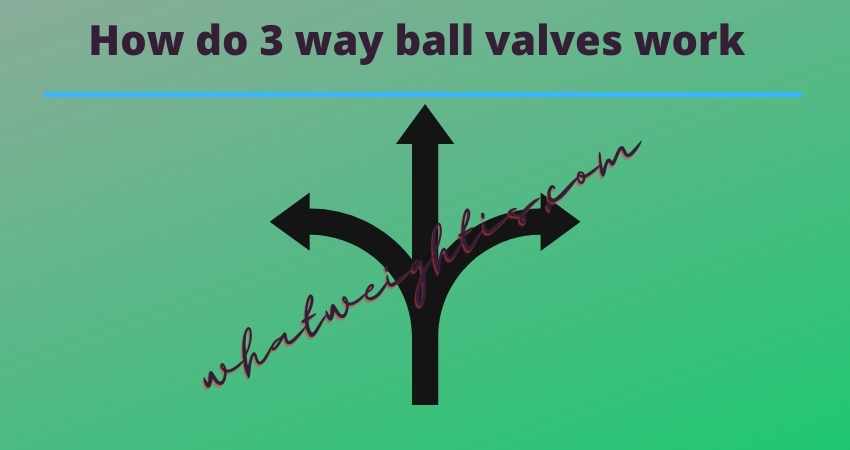Three-way ball valves are a type of valve that allows for the diversion of flow in three different directions, making them an important component in many industrial processes. In this article, we’ll explore how three-way ball valves work, their common applications, and answer some frequently asked questions about their usage.

How do 3-way ball valves work?
Three-way ball valves work by using a ball with a hole drilled through the center, which can be rotated within a housing to control the flow of fluid. The ball has two perpendicular ports drilled through it, allowing fluid to flow through in two different directions. When the valve is in the “off” position, the ball is rotated so that the hole is perpendicular to both ports, blocking off flow. When the valve is turned on, the ball is rotated so that the hole aligns with the desired ports, allowing fluid to flow through.
What are the common applications for 3-way ball valves?
Three-way ball valves are commonly used in applications where the direction of flow needs to be controlled or diverted. Some common applications include:
Mixing or blending fluids of different temperatures or compositions
Diverting flow between two different lines
Switching between two different tanks or vessels
Controlling flow rates in a system with multiple outlets or inlets
What are the benefits of using 3-way ball valves?
Three-way ball valves offer a number of benefits over other types of valves, including:
Simplified plumbing and reduced space requirements due to the ability to replace multiple valves with a single three-way valve.
More precise control over flow rates and direction due to the ability to adjust the valve position.
Reduced maintenance requirements due to the use of a single valve instead of multiple valves.
What materials are three-way ball valves made from?
Three-way ball valves are typically made from a variety of materials including stainless steel, brass, and PVC. The material selection is based on the application and the type of fluid being transported. For example, stainless steel is commonly used in applications where the fluid is corrosive, while brass is often used in applications where the valve needs to be resistant to wear and tear.
What is the weight of ball bearing?
What are some considerations when selecting a 3-way ball valve?
When selecting a three-way ball valve, there are a number of factors to consider, including:
The size of the valve and the ports.
The material the valve is made from and its compatibility with the fluid being transported.
The maximum pressure and temperature the valve can handle.
The type of actuator required to operate the valve (manual, electric, or pneumatic).
In conclusion, three-way ball valves are a versatile and important component in many industrial processes. By understanding how they work and their common applications, you can make an informed decision when selecting a valve for your specific needs.
Mr. Jahangir Alam is an Electrical & Electronics Engineer with a wide range of experience in several fields of Engineering. He finds engineering articles to be very interesting, and that is why he likes to write them. To know more about him, please click here.

